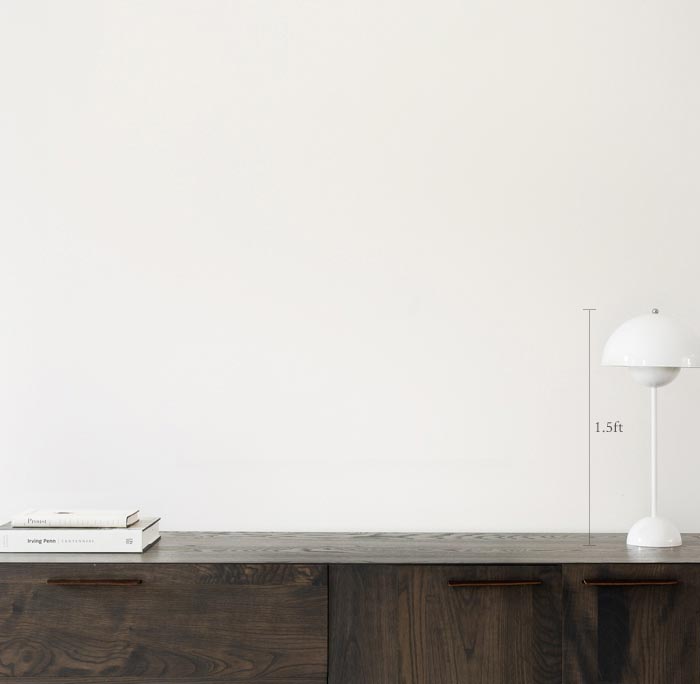





16 Views
1
View In My Room
Open Edition Prints Available:
Select a Material
Fine Art Paper
Select a Size
8 x 10 in ($40)
Add a Frame
White ($80)
$120
16 Views
1
ABOUT THE ARTWORK
DETAILS AND DIMENSIONS
SHIPPING AND RETURNS
I draw a line without memory and without an idea. The line, showing me a new level, cuts something into a from. The color harmonizes visually with my feeling. Sometimes, I remember something from the past, or I am dreaming, and it starts to connect with my emotions. This process is a rich and beutif...
Year Created:
2023
Subject:
Medium:
Print, Giclee on Fine Art Paper
Rarity:
Open Edition
Size:
8 W x 10 H x 0.1 D in
Size with Frame:
13.25 W x 15.25 H x 1.2 D in
Ready to Hang:
Yes
Frame:
White
Packaging:
Ships in a Box
Delivery Cost:
Calculated at checkout.
Delivery Time:
Typically 5-7 business days for domestic shipments, 10-14 business days for international shipments.
Returns:
All Open Edition prints are final sale items and ineligible for returns. Visit our help section for more information.
Handling:
Ships in a box. Art prints are packaged and shipped by our printing partner.
Ships From:
Printing facility in California.
Need more information?
Need more information?
Painter Keito Kimoto masters various techniques and languages. The artist is precise, simultaneous and expresses beauty through technique. She cares for the viewer, makes him/her think, imagine, make an effort to understand her paintings. Keiko Kimoto’s paintings distinguish themselves by still virtuosity which, at the same time, contain movement. Her technique involves quick brushes and improvisation; she masters the technique of freezing movement in painting and represents a paradox, the undepictable: she represents images of static movement. For the tapestry “Flowers beneath our feet”, which Keiko Kimoto painted together with Gabriel Rossell Santillán, there was no planning. A dialogue between the artists took place through improvisation: colors, buckets, different kinds of brushes (for example horse hair brushes) were employed for this intercultural exchange between Japan and Mexico. Different geographies and narrations came together, through improvisation. The most important detail of this work – made in a profound dialogue – is that both artists/painters finished each other’s images. After each one had started the images, they interchanged, thus finishing what the other had envisioned. According to Gabriel Rossell Santillán, this process is not usual as, in his words “no painter lets another painter finish his/her image”. This is very unusual and would represent the deepest communication possible: a perfect dialogue in synchronization which ended in a mirror effect. The tapestry, the aquarel, shows female figures/images of spirituality of both geographies. The finished piece is the representation of an intercultural and interreligious dialogue which re-members a Moghul tapestry of the 16th century. This tapestry is not about historical context, but rather about a remembrance in creativity, thus opening an imagining a tapestry whose pieces have been lost and scattered. It shows the way in which dialogues and connections can be made through the metaphor of the Pacific – which can go back in time (to the 16th century) and exist simultaneously in the present. © Andrea Meza Torres [Text from Die Vibration Der Dinge 15. Triennale Kleinplastik Fellbach In collaboration with Gabriel Rossell Santillán text : Andrea Meza Torres ] website
Thousands of 5-Star Reviews
We deliver world-class customer service to all of our art buyers.
Satisfaction Guaranteed
Our 14-day satisfaction guarantee allows you to buy with confidence.
Global Selection of Emerging Art
Explore an unparalleled artwork selection by artists from around the world.
Support An Artist With Every Purchase
We pay our artists more on every sale than other galleries.